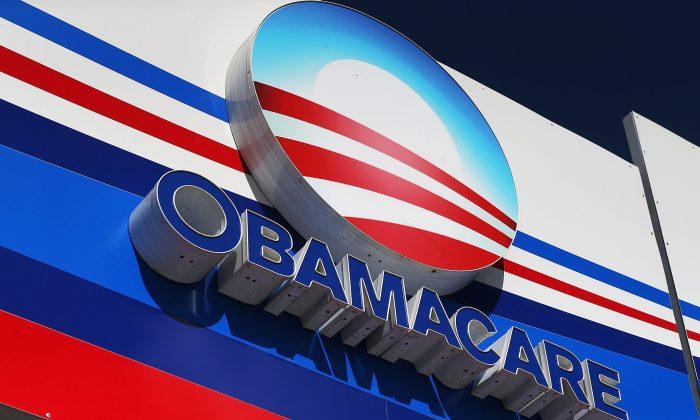Last month, President Joe Biden proposed fixing the so-called family glitch, a quirk in Obamacare’s text that has prevented millions of people from purchasing subsidized coverage through the exchanges.
It’s only the latest attempt to gift more people taxpayer-sponsored health coverage. The result will be rising premiums, fewer coverage options, and ballooning costs for the public.
Consider how Biden addressed the “family glitch.” Obamacare allows workers to receive subsidized coverage through the exchanges if the cost of the individual health plan their employer offers exceeds 9.61 percent of their income.
But there’s no special allowance for workers with spouses or families. So a household may face the prospect of paying more than 9.61 percent of income for an employer-sponsored family plan or shopping for unsubsidized coverage for a spouse and kids on the exchanges. Either option could be cost-prohibitive.
The president’s “fix” for the family glitch would allow households to qualify for subsidized exchange coverage if the cost of an employer-sponsored family plan exceeds 9.61 percent of income.
According to the Kaiser Family Foundation, this could make an additional 5.1 million people eligible for subsidized coverage.
But that’s not the White House’s only plan to grow Obamacare. Next, it wants Congress to make permanent the extra-generous subsidies it approved last year—even though they’re so poorly designed that the government is now providing taxpayer help to wealthy families.
Before last year, only those making less than 400 percent of the federal poverty level—about $106,000 for a family of four in 2021—qualified for health insurance subsidies.
Then, in March 2021, Congress passed the American Rescue Plan. Lawmakers, in their zeal to sign up as many people as possible, not only increased the subsidies but removed the salary cap. Now, no one on an Obamacare plan, regardless of income, pays more than 8.5 percent of earnings for health insurance.
That means even families with healthy six-figure incomes receive subsidies. According to research published by the Galen Institute, a family of four headed by a 45-year-old earning about $200,000 a year gets an annual subsidy of $2,210. Even some families earning more than $300,000 get a subsidy of more than $1,000.
Call it the “rich glitch.”
It’s hard to see any logic in subsidizing such high earners. But rather than letting this deeply flawed arrangement expire at the end of this year, Biden and fellow Democrats want to make it permanent—or at least extend it long enough that any looming loss of coverage won’t upset voters before this year’s midterm elections.
Biden insists that if the Affordable Care Act isn’t expanded, “premiums are going to go through the roof.” But they’ve been doing so for years, thanks to the mandates imposed by the law itself.
Health plans used to keep costs under control by offering a wide variety of plans, enabling people to pick the one best suited to their age, health, budget, and lifestyle. Under Obamacare, they no longer have that option.
For example, plans can’t charge older people more than three times what they charge younger people. They must offer a long list of “essential” services that some patients don’t want or need, from maternity services to psychotherapy.
It’s hardly surprising, then, that insurers have hiked their prices. In the market for individual insurance, the average monthly premium doubled between 2011 and 2020. Deductibles have skyrocketed, too—from an average of $2,425 for a silver plan offered on Healthcare.gov in 2014 to an average of $4,500 in 2020.
Worse, these rising prices go hand in hand with narrowing care options for exchange enrollees. The marketplaces are dominated by health-maintenance organizations and exclusive provider organizations—HMOs and EPOs—which control costs by offering fewer in-network doctors and limiting access to specialists.
Twelve years on, the federal government continues to spend billions trying to “fix” Obamacare’s many glitches. At some point, taxpayers will need to say enough is enough.





